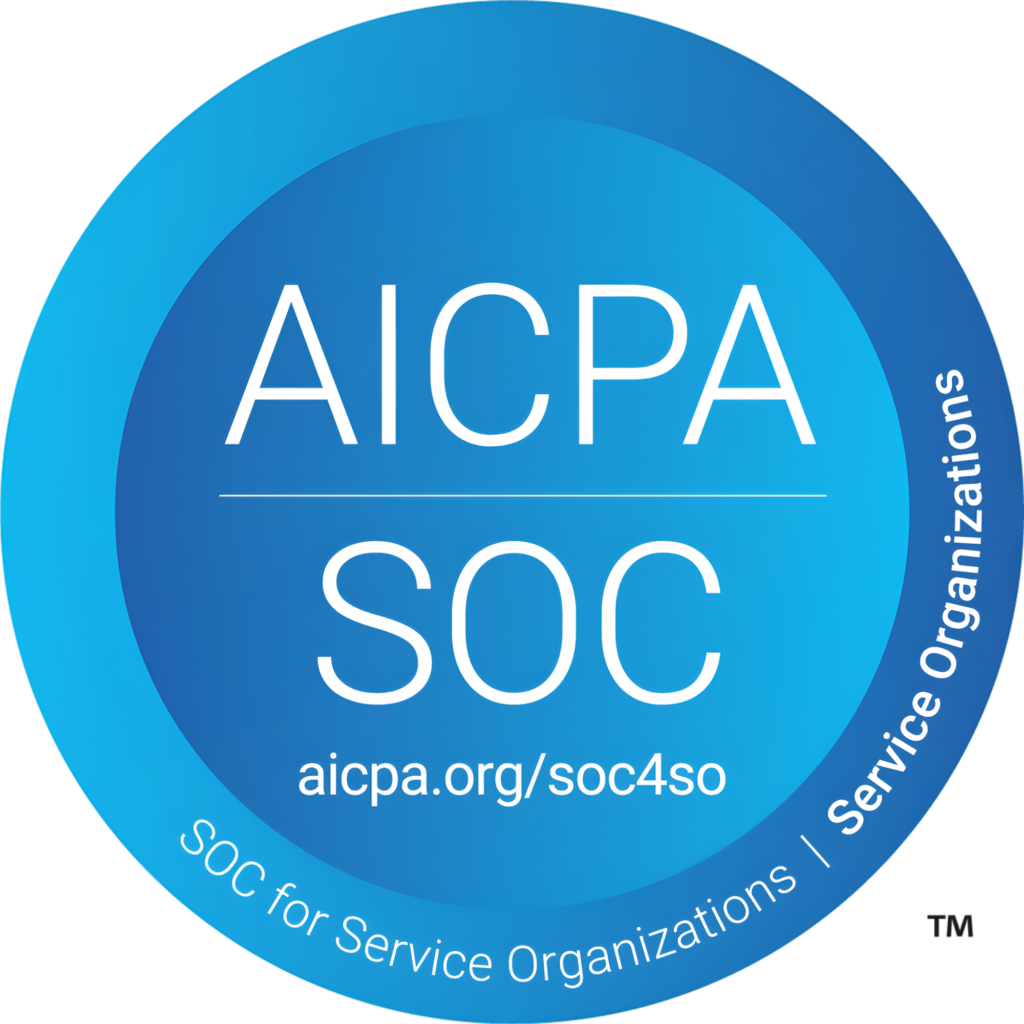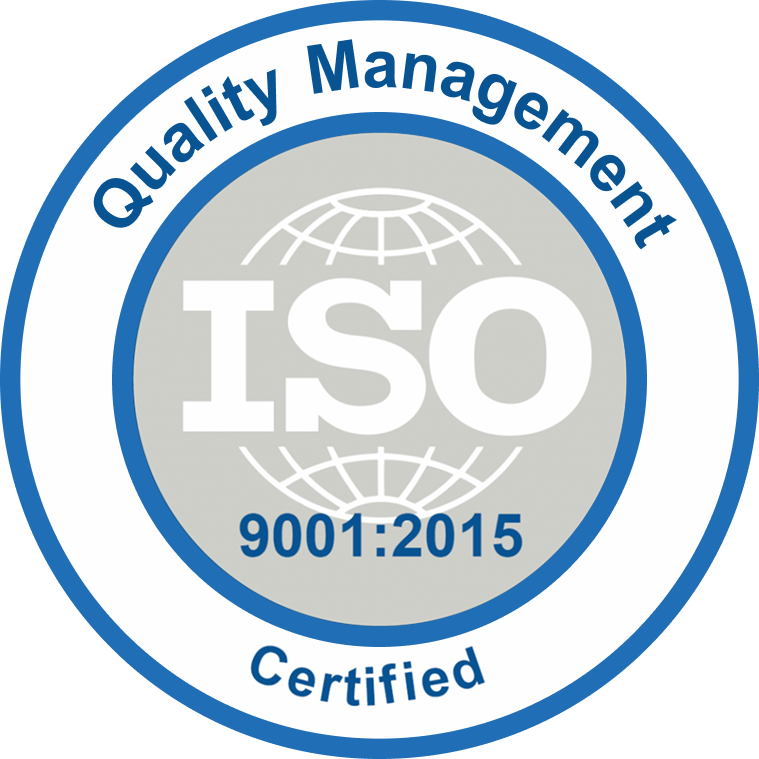
Shalini Manokaran
Author
The journey from legacy to modernization!
With a massive transformation of the IT landscape in recent years, organizations have made a shift and moved their legacy application to the Cloud. Modernization is the key to digital transformation and organizations now understand the importance and need for it when they are quite certain about the scarcity they’d encounter if they continued in their legacy systems.
There were days when applications were built and developed using a single system – a monolithic architecture. It was really difficult to make any changes in the components of the application and modify the features or the functionalities when needed. Due to this, the applications resisted scalability, flexibility, agility, and adoption of market change. Applications built on legacy systems lacked compatibility and raised huge maintenance costs. Everything was a challenge when it came to legacy applications.
Continue Reading
Now that those legacy applications have become so redundant, businesses using these applications are declining from the competitive edge, and aren’t able to sustain themselves in the market. And specifically, to rescue these businesses, application modernization comes into the picture, giving new hope!
Why is Application Modernization the key to the digital transformation of businesses?
What is Application modernization?
A process in which you rebuild the legacy applications and modernize the infrastructure, features, and the internal architecture, and move it to cloud architecture. Doing this improves resilience, scalability, flexibility, and compatibility of the applications.
Making everything compatible, cost-effective, easy to integrate, and quick to deploy – that’s app modernization!
But then why should you modernize? There are numerous benefits and advantages that you should be aware of if you are opting for application modernization. But some of the core benefits and advantages include the following.
The key to successful Application modernization strategies for businesses ultimately comes from proper planning, strategizing, and prioritizing the app modernization projects that help in increasing the customer experience and the ROI of the business.
Approaches of Application modernization
From monolithic to microservices
This is the most common approach where you break down the monolithic application into a collection of small microservices.
The above example depicts the microservices architecture of an application that’s broken down into smaller units of microservices within the application from their database.
Strangle pattern – This pattern involves, step by step and bit by bit, breaking down the monolithic application instead of doing it all at once. The easiest and the most important parts are pulled out first and eventually leave nothing behind in the monolith.
Cloud migration
The modernization process usually involves refactoring the monolith to microservices and replatforming or rehosting the application into a cloud. Though it is possible to just ‘Lift and Shift’ the app, the substantial value remains in the leveraging of Cloud features, most importantly, containers and Kubernetes.
Expose the functionality through APIs
This is another approach where you leave the application in place but expose the functions or its APIs securely. It is more of integration and enables you to reap the benefits of your existing system and data.
Technologies for application modernization
Private Cloud
When you have your own in-house cloud services, or even if a third-party provider is building it exclusively for your business, then it’s private cloud technology. These private clouds are hosted on private servers which means you can have more control over their security. You have complete control over the functionality too and you can make changes as per your business requirements.
Hybrid Cloud
It’s a mix of both private and public cloud resources that helps you create a varied environment for fulfilling your business needs. You can store more confidential data on the private cloud and make use of the public cloud for the rest of the work less prone to vulnerability.
Multi-Cloud
Businesses use different public clouds to host their data without combining the private and the public cloud. However, with multi-cloud, you can utilize private clouds too. Basically, it offers and fulfills a variety of your needs that one single cloud provider doesn’t have to offer.
Containers and Kubernetes
Containerization helps applications to be packed in a consistent, lightweight manner, so they can run across environments without any issues. These containers are repeatable and have a standardization that helps you get the same behavior when you run them.
The Kubernetes or K8s help in orchestrating containerized applications to run on a cluster of hosts. It helps in deployment automation and management of cloud-native applications.
When you have a technology that’s outdated, then eventually the features and its functionalities also get redundant. They gradually start creating a negative impact on the business. It could hamper your overall growth.
So now that you understand the benefits, the importance of application modernization, and the approach on how to go about it – So, what next?
Determine the apps that need modernization. Go through the Migration Readiness Assessment to understand where you are for the move.

